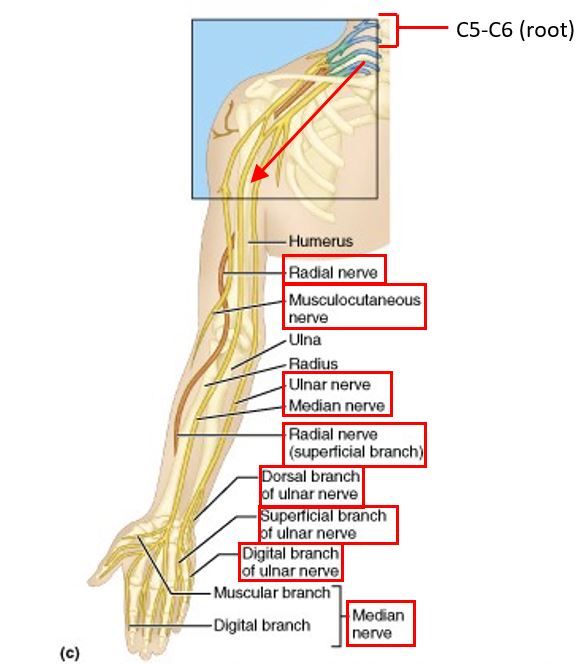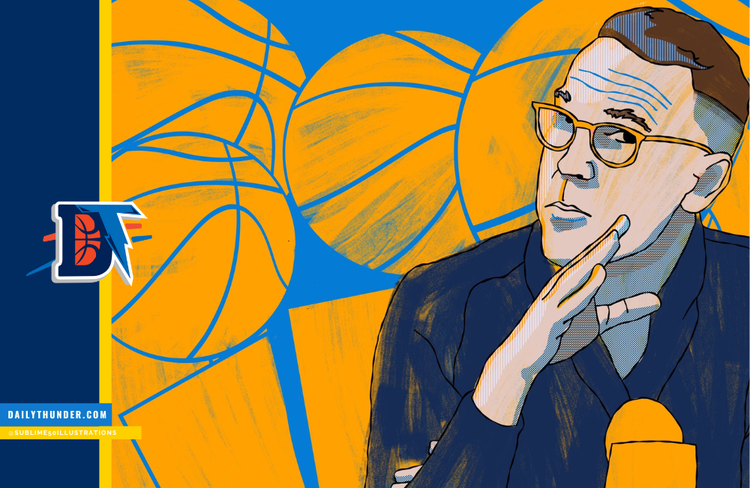So What is Transient Cervical Neuropraxia?

With the news of Markieff Morris joining the Thunder for the remainder of the season, one area of concern moving forward is the neck/nerve injury that cost him the final 19 games of his time with the Wizards. Though he’s been cleared to return to basketball activities, some mystery remains around his status and the possibility for re-injury.
Let’s break it down.
What is transient cervical neuropraxia?
“Transient” means that symptoms are not constant, but rather they get worse in response to aggravation and may subside with rest and disuse. “Cervical” refers to the neck region, specifically the cervical (neck) nerves in this case. “Neuropraxia” is the medical term for temporary loss of motor and sensory function due to blockage or compression of the nerve. You may have heard the term “stinger”, which is the common name for TCN.
How did Morris get this condition?
On December 16, 2018, Morris was hit in the neck during a game against the Lakers. At first, it didn’t appear to cause any serious pain for Morris because he played through it. However, he re-aggravated the injury a week later against the Pistons and subsequently missed six weeks with the Wizards.
The nerves that Morris damaged have their roots in the neck (at the C5 and C6 vertebrae), but they send several major and minor nerve branches throughout the upper arm, forearm, and hand.

The re-aggravation injury caused damage to the outer layer (myelin layer) of the nerve causing neuropraxia (Grade 1 injury) decreasing the nerve’s ability to send motor and sensory “signals” to the entire arm.
The result is intermittent numbness, tingling, and general weakness in one arm (depending on which side the nerve root damage is on).
What is Morris’ prognosis for recovery?
The damage to the nerve usually repairs itself within three weeks as long as the injury isn’t re-aggravated, which is why Morris has been out for the past 6 weeks. Even though Morris was cleared to play, this injury is something he and the Thunder medical staff will need to be cognizant of going forward as re-injury or related neck injuries are fairly common (about 15 percent of the time).
How “serious” is this injury?
When we hear neck injury and nerve damage in the same sentence, it’s easy to assume that TCN is a serious injury with possibility for very serious side effects like paralysis. However, this is not the case for TCN. While TCN is not a common basketball injury, it is very common in contact sports like football and rugby. It’s an injury that typically heals on its own within 3-6 weeks with the most common risk factor being re-aggravation.
Editor’s Note: Olivia Panchal is a Daily Thunder contributor and graduated with a Human Biology (Sports Performance emphasis) degree from the University of Southern California. She’s currently completing her master’s degree in biomedical science.


